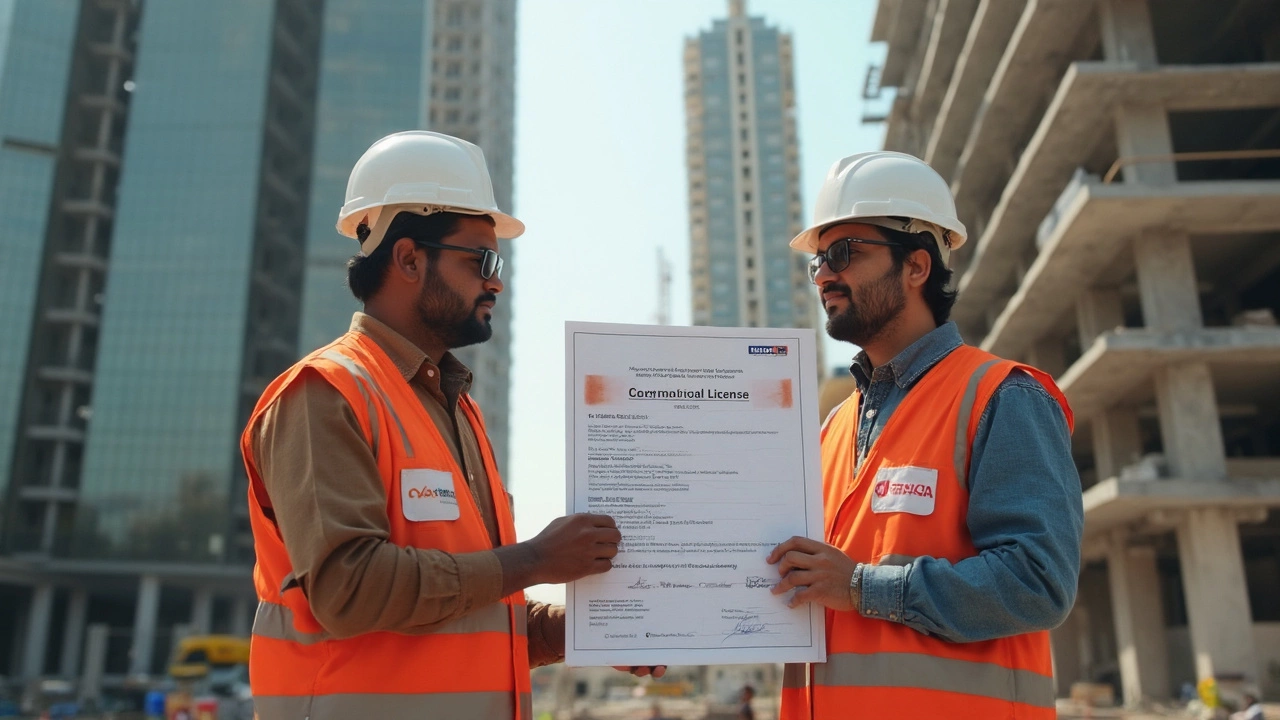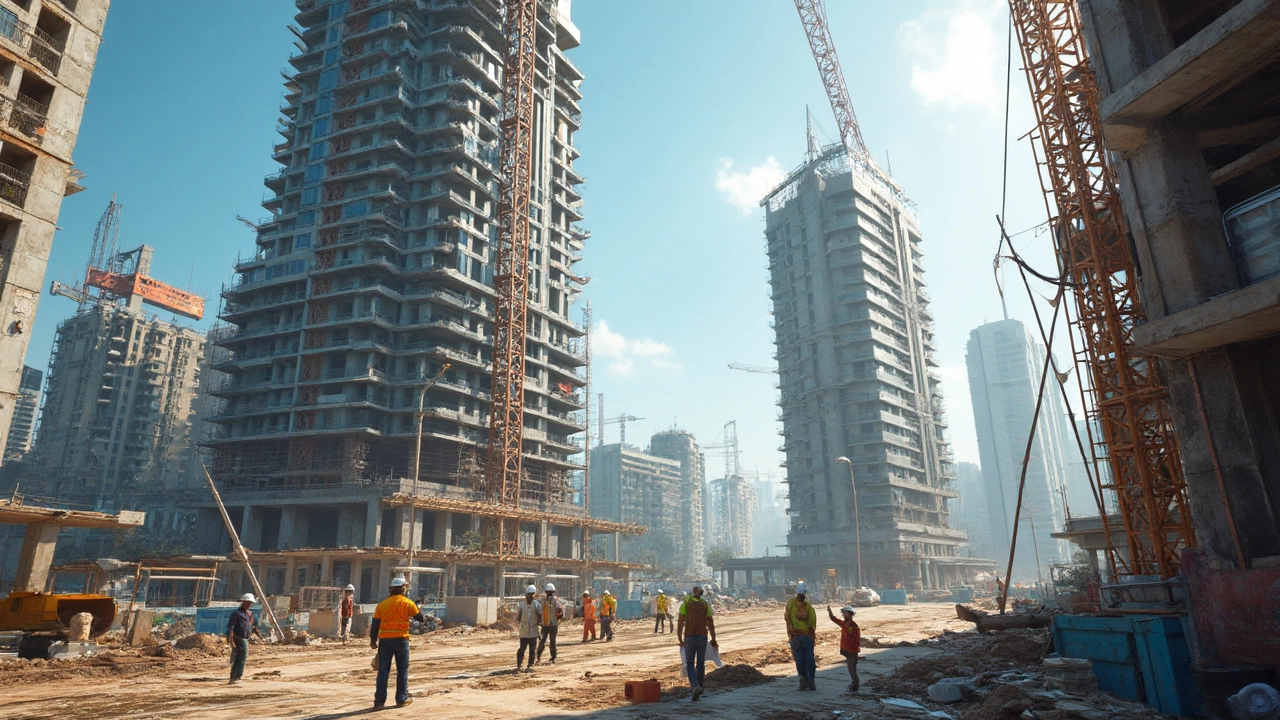
What Does Commercial Insurance Cover?
Learn what commercial insurance actually covers, from property and liability to business interruption and optional extensions like cyber or equipment breakdown.
View moreWhen working with Commercial Construction, the planning, design, and building of structures meant for business activities such as offices, retail centers, and industrial facilities. Also known as business construction, it requires coordination of many moving parts and strict compliance with codes.
One critical piece is Commercial Insurance, coverage that protects property, liability, and business interruption risks. It directly influences financing decisions, because lenders look at insurance limits when setting Commercial Mortgage Rates, interest rates that are typically higher than residential loans due to larger loan amounts and greater market risk. Understanding both helps you budget realistically and avoid surprise costs.
Another cornerstone is the Commercial License, the legal credential a contractor must hold to bid on and execute business‑type projects. Without it, projects can stall at permitting stages. Pair this with the right Construction Methods, techniques like steel framing, concrete paneling, and sustainable prefabrication to keep timelines tight and costs under control. Commercial Construction therefore ties together insurance, financing, licensing, and building techniques to create functional, safe, and profitable spaces.
In the list below you’ll find practical articles that break down insurance coverage, differentiate civil and commercial work, explain Type A vs. Type B fire‑rating classifications, and compare mortgage structures. Whether you’re a developer, a contractor, or just curious about how office towers rise, these posts give you the facts you need to move forward with confidence.Key Topics in Commercial Construction

Learn what commercial insurance actually covers, from property and liability to business interruption and optional extensions like cyber or equipment breakdown.
View more
Civil and commercial construction sound similar but tackle totally different kinds of projects. This article clears up what each term really means in the building world. You'll find out which professionals take on roads and bridges, and which handle offices and shopping centers. If you're planning a build or just curious, understanding these differences saves you serious headaches. Let's get practical with examples, tips, and must-know facts about civil vs. commercial construction.
View more
This article breaks down the main methods used in commercial construction today, explaining them in simple terms. It covers traditional, modern, and sustainable building techniques with practical tips for each. Readers will learn how buildings go from drawings to real-world structures, and what makes some methods faster or more cost-effective than others. No fluff—just straightforward facts and advice for anyone curious about how commercial spaces are really built.
View more
Commercial mortgage rates almost always sit higher than residential rates, and it's not just banks looking for extra profit. This article breaks down exactly why lenders charge more for office buildings than houses. You'll learn what influences these rates, how commercial loans differ from home mortgages, and what you can do if you’re getting a commercial loan yourself. For anyone eyeing an office, retail space, or apartment building, understanding this stuff can save a lot of money (and headaches) down the line.
View more
A commercial license isn’t just a line on a contractor’s business card—it’s often the difference between landing a big job and getting shown the door. This article breaks down what a commercial license really means in construction, who needs one, and how it shapes projects, safety, and legal requirements. Useful tips and real-world examples help show the impacts and common challenges that come up. Whether you’re a business owner, builder, or just plain curious, you’ll walk away with a concrete understanding.
View more
Type A and Type B constructions are essential classifications in commercial building projects, defining the level of fire resistance and construction materials. These types influence not just the building's safety but also its design and cost. Knowing the difference helps project managers and architects make smart decisions. This article breaks down what each type involves and offers some handy tips for choosing the right one for your project.
View more
In the fast-paced world of commercial construction, defining what makes a project truly 'commercial' goes beyond just size and scale. It involves understanding economic dynamics, design innovations, and industry-specific needs. This article delves into various aspects that set commercial construction apart, explores current trends driving the industry, and offers insights into what businesses should prioritize when planning their projects.
View more
Understanding the difference between commercial and non-commercial construction is crucial, especially if you're planning a project. This article explains what sets these two apart in terms of purpose, scale, and regulations. Learn what makes commercial construction unique and how non-commercial projects fit into the broader landscape. Discover insights that can help you decide which path to take. Whether you're a business owner, a contractor, or just interested in construction projects, this guide provides the essentials.
View more